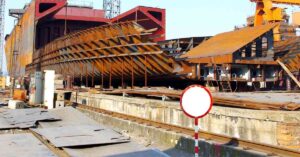

A large number of merchant ships are designed and constructed for carrying different types of liquefied gases from one port to another. Since cargo in gaseous form will take much more volume than when in liquid condition, the gases are condensed and liquefied for carrying them in ships.
Types of Liquefied Gas Carriers
There are basically two types of gas carrier ships:
1) LPG Carrier: Liquefied petroleum gas Ships carries LPG gas along with some other gases like ammonia, propylene, ethylene as their construction and equipments are suited to carry such gases also.
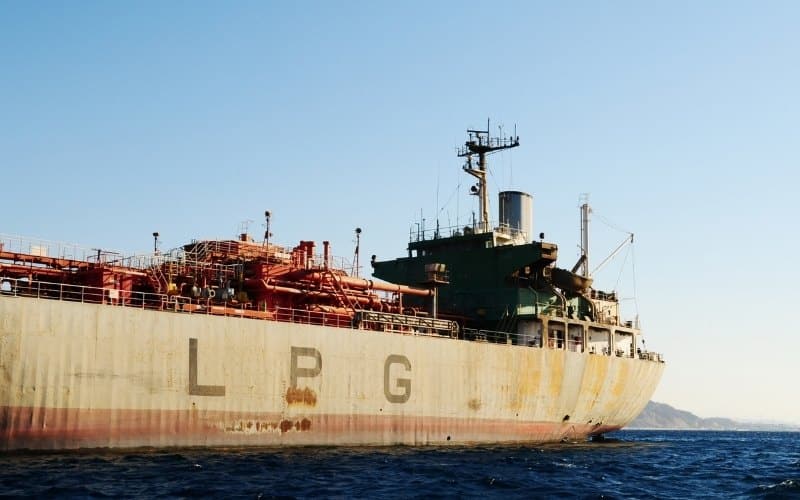

Ethylene cannot be carried in LPG tanker as its boiling point is very low (-104 ̊C).
2) LNG carrier: LNG gas or Liquefied Natural gas from which, major impurities like sulphur and carbon dioxide have been removed, is carried in LNG carrier ships.


LNG is transported in the form of liquefied methane after cooling it to its boiling point, – 163 ̊C.
Regulatory Requirements for LNG and LPG
As per International Maritime Organisation, a liquefied gas ship can only run in international waters if it is constructed and operated as per International Gas Carrier (IGC) 1986 code and complies with SOLAS 74 chapter VII part C –“construction and equipment of ships carrying liquefied gases in bulk.
The brief requirements described in IGC code are:
Constructional requirements
Different types of cargo tanks should be provided with special material at maintained pressure as described in the constructional and cargo handling requirement of IGC code for both LPG and LNG ships.
LPG ship cargo carriage requirements
LPG can be carried by sea if any one of the three criteria is fulfilled:
Other important auxiliaries that are required are:
LNG ship cargo carriage requirements
LNG is carried at very low temperature which can cause crack in the metal structure if cargo comes in contact with the ship’s hull. Moreover,
You may also like to read-Panamax and Aframax Tankers: Oil Tankers with a Difference
References: Book on Ship construction by D.J Eyres
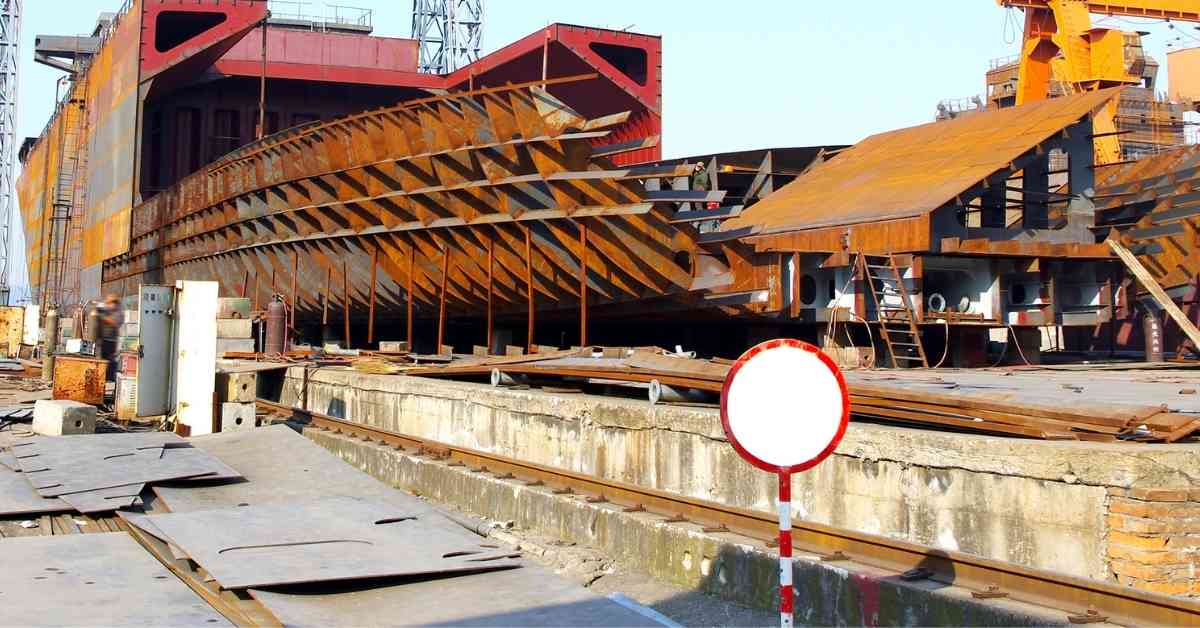

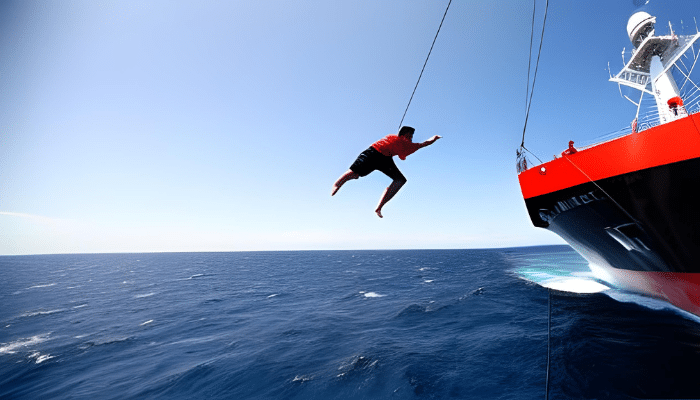

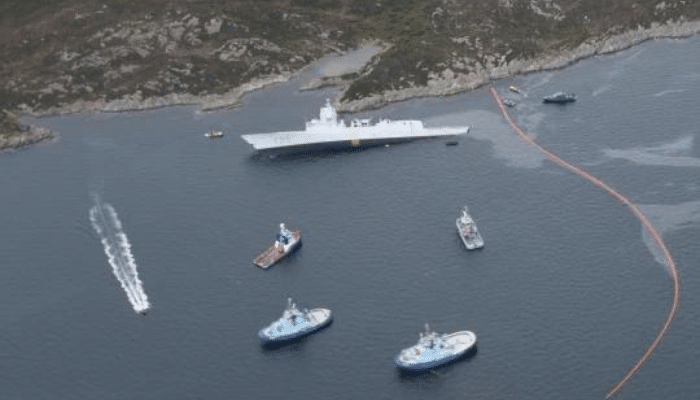

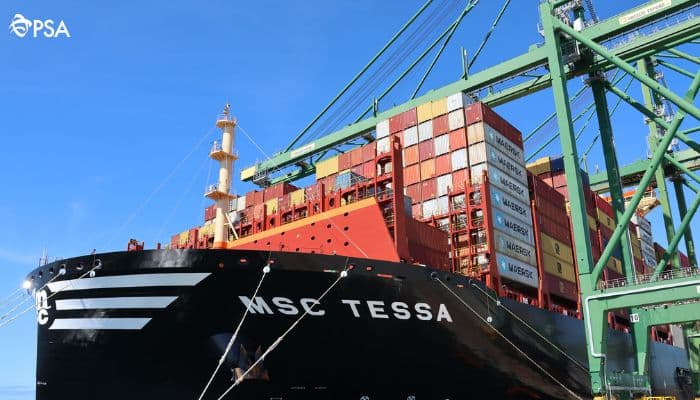

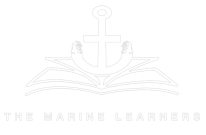

We believe that knowledge is power, and we’re committed to empowering our readers with the information and resources they need to succeed in the merchant navy industry.
Whether you’re looking for advice on career planning, news and analysis, or just want to connect with other aspiring merchant navy applicants, The Marine Learners is the place to be.